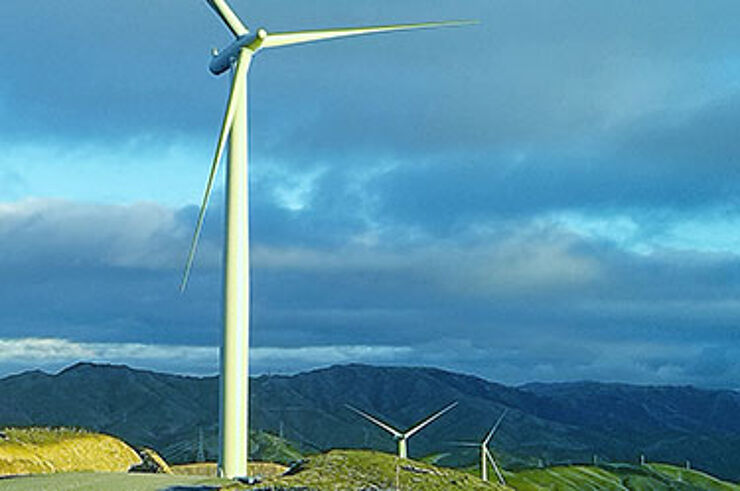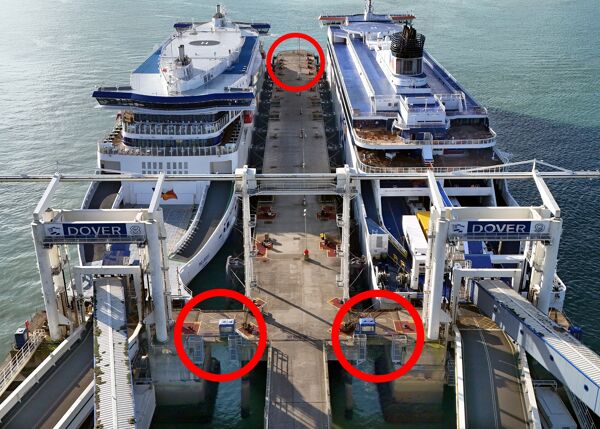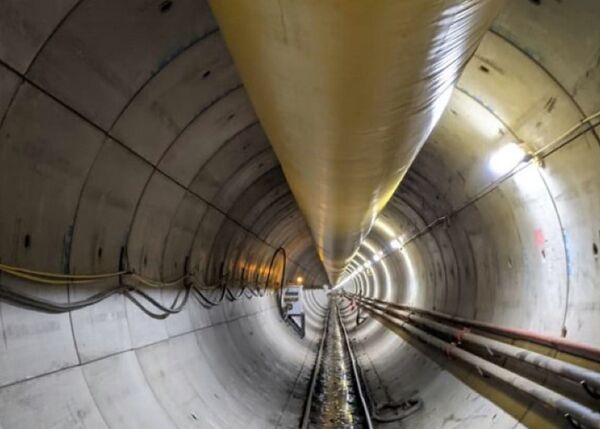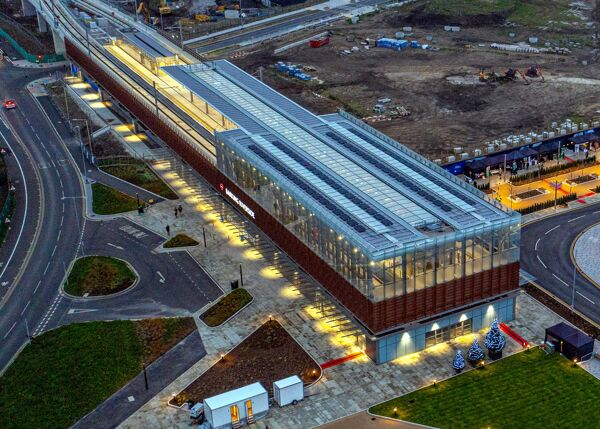
The new Mill Creek wind farm in the Ohariu Valley near Wellington, New Zealand has 26 turbines generating 60 MW of electricity. It is owned and operated by Meridian Energy, the country’s largest renewable power generator and a major user of NEC contracts since the early 2000s.
The civil works were procured using an NEC3 Engineering and Construction Contract (ECC) option C (target contract with activity schedule), while the electrical balance of plant works and transmission line were procured using ECC option A (priced contract with activity schedule). Construction started in January 2013 and commercial operation started in September 2014.
The NZ$33 million (£17 million) civil works were undertaken by Higgins Contractors, which had already successfully delivered infrastructure at three of New Zealand’s largest wind farms, including Meridian’s Te Apiti and West Wind projects. The electrical balance of plant works contract value was NZ$1.9 million (£1 million) and the transmission line was NZ$5.6 million (£3 million).
Extensive civil works
The Mill Creek civil works included access roads, bulk earthworks, pavement construction, trenching cabling, tower foundations and associated drainage and structures. A total of 800 000 m3 of earthworks with associated environmental management and full compliance were substantially completed by November 2013 − a significant achievement for a winter programme.
The pavement works, trenching and cabling, and foundation construction works progressed over three separate phases for the 26 turbine bases and all were delivered on time. In total there were 24 km of roads, 12 km of cabling and 10 000 m3 of concrete and 1 300 t of steel in the foundations.
Electrical balance of plant works and overground transmission lines to the national grid were then delivered under separate ECC contracts. Siemens manufactured, delivered and installed the 26 2.3 MW 82VS turbines, which have a rotor diameter of 82.4m and hub height of 80 m.
Collaborative working
Acting in accordance with ECC’s ‘spirit of mutual trust and cooperation’, Meridian and Higgins worked together to drive opportunities, innovation and smart construction methodology to help deliver the critical civil works for the wind farm on time and on budget.
According to project manager Chris Jones, ‘We found that the ECC supported collaborative working by having clearly defined processes and timeframes, which promoted openness and responsiveness’.
‘This was the first option A and C contract used by both parties and, despite their being a few surprises along the way, we found the overall contractual experience to be very positive.’
Benefits of using NEC
- Supports collaborative working by having clearly defined processes and timeframes, which promotes openness and responsiveness.
- Encourages parties to work together to drive opportunities, innovation and smart construction methodology to help deliver critical works on time and on budget.
- ECC option A and C results in a positive contractual experience for both parties.



